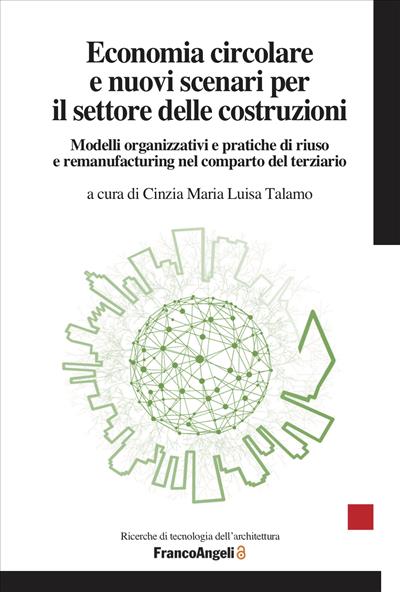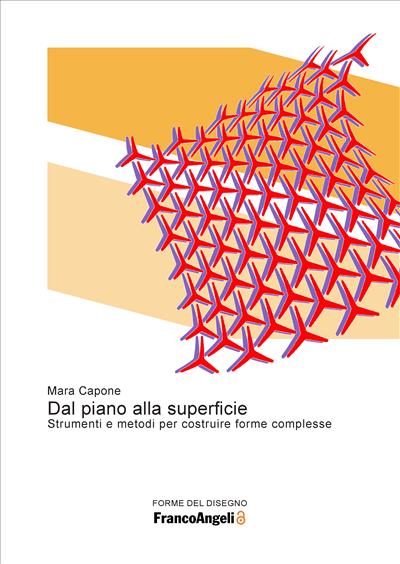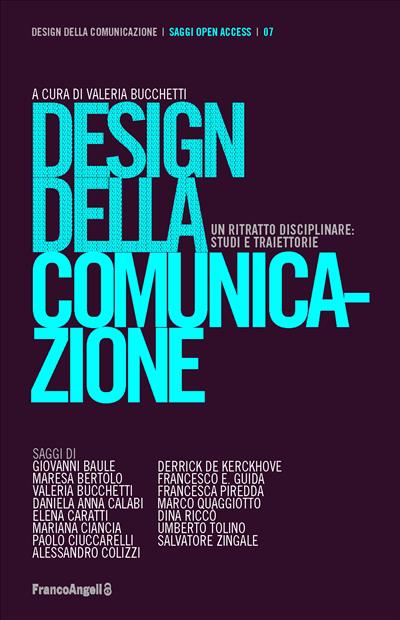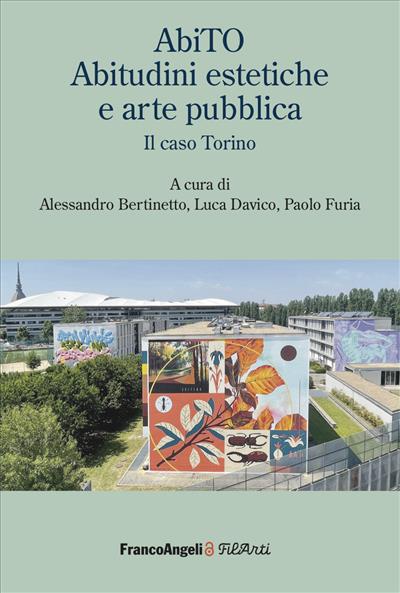
Invisible Architecture
The Experience of place through smell
The authors dig deep into the unexplored, yet profound, relation between place and smell: Invisible Architecture is a groundbreaking exploration of the most invisible of our senses, and its seemingly infinite applications in the world of design and architecture.
Open Access
0,00
Open Access
0,00
Pagine: 154
ISBN: 9788835157694
Edizione:1a edizione 2023
Codice editore: 10319.24
Informazioni sugli open access




